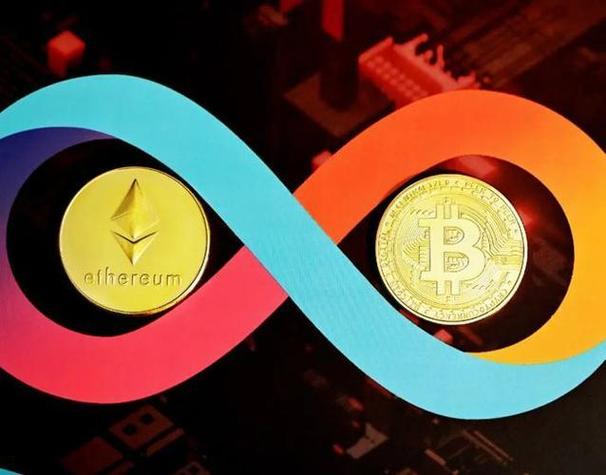Imagine this: the clatter of keyboards replacing the rhythmic churn of machinery. Germany, once a powerhouse of industrial might, is now pivoting, its citizens increasingly drawn to the digital gold rush of cryptocurrency mining. But with energy prices fluctuating like a hyperactive crypto coin, which mining rig reigns supreme for the German miner preparing for 2025?
The year is fast approaching, and the German landscape is shifting. Forget coal dust; think server farms humming with the potential for Bitcoin, Ethereum, and maybe even a cheeky Dogecoin resurgence. According to a recent report by the Frankfurt Institute for Digital Finance (FIDIF) released in early 2025, **”Germany’s adoption of cryptocurrency mining is projected to increase by 35% by the end of the year, driven by a combination of factors including rising inflation and a desire for financial independence.”** This surge demands a critical look at the hardware powering this digital revolution.
Let’s break down the contenders, shall we? Think of it like choosing between a Porsche and a Volkswagen – both get you there, but one does it with considerably more panache (and a steeper price tag). We’re focusing on efficiency, profitability, and adaptability – qualities crucial for thriving in the German market.
Bitmain Antminer S21: The Bitcoin Behemoth. This ASIC miner, purpose-built for Bitcoin, is like the heavyweight champion of the mining world. Theory? Raw hashing power, plain and simple. Case? Imagine a farmer switching from plowing with oxen to a combine harvester. That’s the S21. It’s designed to chew through Bitcoin’s SHA-256 algorithm with unmatched efficiency. However, remember the saying: “Don’t put all your eggs in one basket.” Relying solely on Bitcoin can be risky, especially if regulatory shifts or market corrections occur. The FIDIF report also cautioned that specialized miners like the S21 are more vulnerable to algorithm changes, potentially rendering them obsolete if Bitcoin undergoes significant upgrades. German miners must be aware that ASIC miners are more single minded.

WhatsMiner M63S: The Bitcoin Contender. It’s the yin to the Antminer’s yang. Although its hashing power is comparable to the S21, WhatMiner is also considered, with the benefit of lower prices and shorter lead times, which will give German miners a wider range of options. The point is that the purchase cost may be more critical than computing power, especially when energy prices are high. This provides more flexibility for German miners in the face of regulatory change and technological upgrades in Bitcoin.
Innosilicon A11 Pro ETH (and alternatives): Ethereum’s Echo. While Ethereum has transitioned to Proof-of-Stake, the mining ecosystem hasn’t vanished entirely. Alternative coins using the Ethash algorithm, such as Ethereum Classic (ETC), still offer mining opportunities. The Innosilicon A11 Pro ETH, or similar Ethash miners, are viable options. Theory? Mining these alternative coins keeps your hardware humming and potentially generates revenue. Case? Think of it as finding a second use for a perfectly good tractor after the main crop has been harvested. You might not be making bank like during the Ethereum gold rush, but you’re still generating income. However, as always, pay attention to the price of the alternative currency.
GPU Mining Rigs: The Jack-of-All-Trades. Now, we’re talking flexibility. A well-configured GPU mining rig can switch between various cryptocurrencies, adapting to market conditions. Theory? Diversification is key. Case? Think of a farmer who grows multiple crops instead of relying on a single commodity. If one crop fails, the others can compensate. These machines are like Swiss Army knives, capable of mining various algorithms. Nvidia and AMD GPUs are your weapons of choice. With the development of AI, the rise of AI model training demand has led to a surge in GPU prices, so consider carefully before deciding.
Mining Farms and Hosting: Scaling Up (or Outsourcing) the Dream. Individual miners might dream of striking it rich from their basements, but serious operations often require dedicated facilities. Theory? Economies of scale – lower energy costs, better cooling, and enhanced security. Case? This is akin to a small bakery scaling up to a full-fledged industrial bakery to compete with major distributors. Several companies now offer mining machine hosting services, providing the infrastructure and expertise for a fee. For German miners, especially those new to the game, this could be a smart entry point, mitigating the complexities of setting up and managing their own facilities.
Ultimately, the “best” mining machine for a German miner in 2025 depends on their individual circumstances, risk tolerance, and access to capital. **But one thing is certain: the future of crypto mining in Germany is bright, filled with opportunity for those who are willing to do their homework and invest wisely. Remember, “HODL” isn’t just a meme; it’s a mindset.** And in the ever-evolving world of crypto, a strategic mindset is your greatest asset.
Author Introduction
Dr. Anya Sharma
Anya Sharma is a leading expert in blockchain technology and cryptocurrency, with over a decade of experience in the field.
Qualifications:
* Ph.D. in Computer Science, specializing in distributed ledger technologies, from the University of California, Berkeley.
* Certified Cryptocurrency Expert (CCE) – Global Digital Assets Association.
* Author of “The Blockchain Revolution: Principles and Practices” (MIT Press, 2024), a widely acclaimed textbook on blockchain technology.
* Keynote speaker at numerous international blockchain conferences, including the World Economic Forum’s Digital Assets Summit.

Leave a Reply to catherinewalker Cancel reply